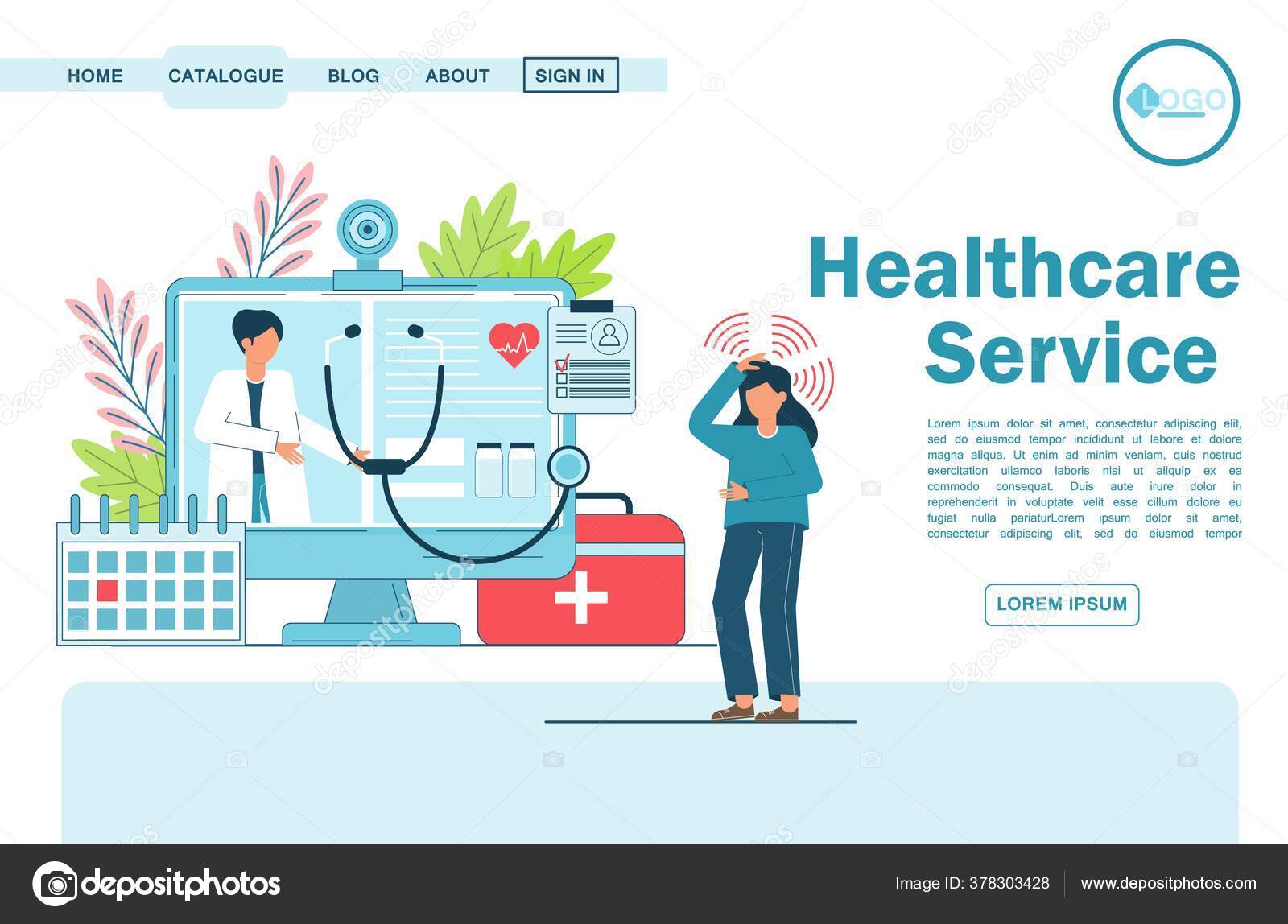Unlocking the Keys of Subscription Based Healthcare for Better Patient Outcomes
Unlocking the Keys of Subscription Based Healthcare for Better Patient Outcomes
Blog Article
Comprehending the Cost-Effectiveness of Subscription-Based Medical Care Models
As the health care landscape advances, subscription-based models become an engaging alternative, guaranteeing to redefine just how people manage medical expenditures. Evaluating these models' cost-effectiveness requires a nuanced contrast with traditional insurance coverage, thinking about both economic implications and client fulfillment. While they supply transparency and predictability in costs, concerns stay concerning their capacity to fulfill varied health care requirements, particularly for specialized treatments. The point of views of doctor better complicate this equation, providing a complex obstacle. What does the future hold for these models, and can they truly deliver on their guarantee of easily accessible, inexpensive care?
Overview of Subscription-Based Versions
Subscription-based medical care designs, in some cases referred to as straight medical care or concierge medication, are significantly getting attention as a potential remedy to ineffectiveness within conventional healthcare systems. These versions operate on the principle of offering people direct access to medical care companies through a month-to-month or yearly fee, bypassing the demand for standard insurance devices. This plan intends to enhance patient-provider interactions by minimizing administrative problems, which typically prevent individualized and prompt care.
At the core of subscription-based versions is the emphasis on an extra customized patient experience. Clients gain from improved accessibility to their doctors, often including same-day or next-day consultations, expanded examination times, and direct interaction channels such as phone or video clip calls. This version cultivates a positive strategy to health care, where clients and carriers can collaboratively concentrate on preventative treatment and persistent disease monitoring.

Cost Comparison With Conventional Insurance Coverage

Among the primary financial advantages of subscription models is transparency in costs. Individuals pay a foreseeable cost, which can streamline budgeting and economic preparation. In addition, these versions usually get rid of co-pays and deductibles for protected services, decreasing out-of-pocket investing. On the other hand, conventional insurance coverage may be much more advantageous for individuals calling for specialized treatment or costly treatments not covered under a registration version, as they profit from the wider protection network and cost-sharing mechanisms.
Nevertheless, cost-effectiveness is context-dependent. While membership designs might use savings for those mostly needing medical care, individuals with persistent conditions or specialized healthcare requirements might discover typical insurance coverage extra extensive. Evaluating certain health care requirements and prospective use is crucial in figuring out the most cost-efficient option for individuals.
Effect On Individual Fulfillment
Client satisfaction within subscription-based healthcare versions usually mirrors a considerable enhancement over traditional insurance policy systems. Unlike typical systems, where individuals may experience delays in obtaining care, subscription-based models make certain even more prompt and straight interactions with healthcare service providers.
Moreover, the openness in expenses connected with subscription-based healthcare relieves the typical aggravations related to unanticipated fees and intricate invoicing procedures seen in standard insurance (subscription based healthcare). People appreciate recognizing the precise economic commitment upfront, bring about boosted trust and self-confidence in their healthcare administration
Additionally, the emphasis on preventative care and health in subscription designs adds to improved wellness outcomes, additionally boosting client contentment. By concentrating on continuous health care rather than anecdotal treatment, patients experience a more all natural and continual medical care journey.
Additionally, the boosted provider-patient relationship fostered in these designs, identified by even more time spent per client and individualized focus, plays an essential function in boosting person satisfaction levels, as clients really feel really looked after and recognized.
Service Provider Point Of Views and Experiences
From the supplier's point of view, subscription-based medical care models offer a transformative method to delivering medical services. These models emphasize a preventative and proactive healthcare technique, allowing companies to concentrate on extensive client care without the constraints hop over to here of conventional fee-for-service arrangements (subscription based healthcare). This shift in emphasis usually causes boosted individual results and enhanced company complete satisfaction, as healthcare professionals can allot even more time and resources to client engagement and individualized treatment plans
Moreover, registration versions assist in predictable earnings streams, which boost monetary stability for medical care suppliers. This predictability permits improved source planning and allocation, adding to a much more efficient health care delivery system. Providers can spend in staff innovation, infrastructure, and training enhancements, thereby boosting the quality of treatment offered.
However, the transition to subscription-based versions is not without challenges. In spite of these obstacles, lots of providers find that the benefits of enhanced individual communication and structured procedures surpass the first obstacles, making subscription-based versions an eye-catching option.
Future Prospects and Challenges

A main challenge is governing conformity, as membership models have to comply with evolving medical care policies and insurance needs. This requires continuous adjustment and development to make certain positioning with legal criteria. Additionally, incorporating these designs right into existing health care infrastructures can be complicated, requiring considerable investments in modern technology and training.
There is also the possible risk of developing inequities in medical care access, as membership models may favor those who can manage them, leaving susceptible populaces underserved. Resolving this needs thoughtful factor to consider of prices approaches and subsidy devices to ensure inclusivity.
Verdict
Subscription-based health care versions present a feasible choice to traditional insurance coverage by offering monetary predictability and openness, particularly benefiting people with persistent conditions or regular medical care demands. The cost-effectiveness of these models is contingent upon specific medical care usage patterns and scenarios. While they might enhance client fulfillment and simplify budgeting, challenges stay in attending to specialized treatment demands. Future considerations include balancing extensive protection with price and incorporating these versions within the broader healthcare system for optimal results.
Subscription-based healthcare designs, sometimes referred to as direct key care or attendant medication, are progressively acquiring focus as a possible remedy to ineffectiveness within traditional healthcare systems. Unlike conventional systems, where patients could experience delays in obtaining care, subscription-based models make certain even more direct and prompt communications with healthcare suppliers.
These straight from the source models emphasize a linked here preventative and proactive medical care approach, enabling companies to focus on thorough person care without the constraints of typical fee-for-service arrangements. As these designs continue to obtain traction, they use the possible to change person accessibility to care, streamline service shipment, and enhance health care investing.Subscription-based health care designs offer a viable option to standard insurance policy by offering economic predictability and openness, specifically benefiting individuals with chronic problems or regular health care demands.
Report this page